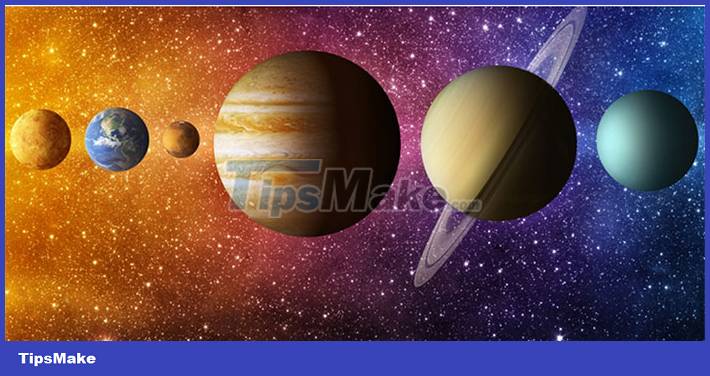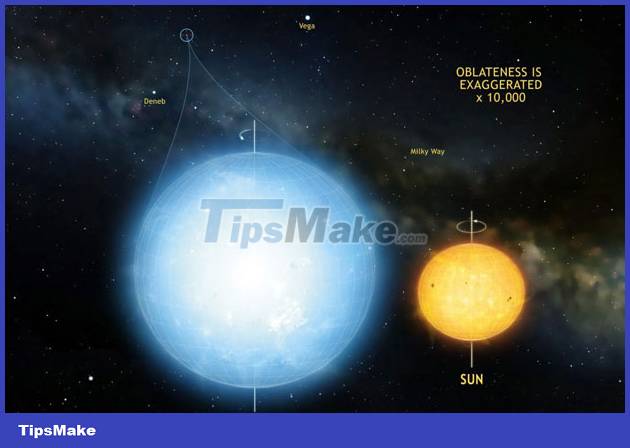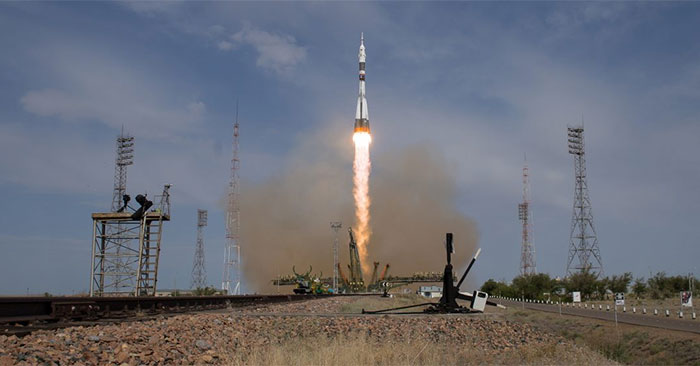Why are the stars in the universe spherical and not square or rectangular?
 Why are the stars in the universe spherical and not square or rectangular? Picture 1
Why are the stars in the universe spherical and not square or rectangular? Picture 1
The answer is gravity, a universal force that causes all objects to attract each other.
Small-mass asteroids and comets will have irregular shapes because their masses are not large enough to generate enough gravity to uniformly flatten them in space.
When a celestial body has enough mass, its gravity will become very strong, enough to pull all parts of the object towards the center. Therefore, after millions, billions of years, the celestial body becomes rounder and rounder. Thus, massive objects will be spherical, although not perfectly spherical.
The Earth is not a perfect sphere, it is completely flattened at the poles and slightly inflated at the equator. Due to the rotation of the Earth, the distance from the center of the Earth to the equator is 20 km greater than the distance to the poles.
Meanwhile, asteroids and meteorites have very different shapes and are not fixed rather than spherical. One of the reasons is that because their mass is so small, gravity is also very weak not enough to deform layers of matter. In addition, the planets took shape early in their formation, when they were so hot that the matter seemed to have melted away. Its layers have been stabilized and shaped since the beginning because asteroids are fragments of collisions.
In short, the objects in the universe with more mass and stronger gravity will come closer to a perfect sphere such as a black hole that is rounder than the Sun, the Sun is rounder than the Earth and Jupiter.
 Why are the stars in the universe spherical and not square or rectangular? Picture 2
Why are the stars in the universe spherical and not square or rectangular? Picture 2
The most perfectly spherical object in the universe discovered by humans is Kepler 11145123 (or KIC 11145123) discovered by NASA's Kepler space telescope. According to the researchers, Kepler 11145123 is 5,000 light-years from Earth, with a diameter difference of only 6 km between the equator and the poles, even though the diameter of this star is 3 million km.
You should read it
- What happens if the plane takes off on 8 planets in the solar system?
- Formula to calculate sphere area, spherical volume
- Hell planet has snow even though the temperature is over 2,750 degrees Celsius
- Meet the Planets: An Introduction to Our Solar System's Eight Planets
- Cosmic science: Inclined planets around small stars can hardly survive life
- Can life really exist in planets - 'can we live'?
- Is the 9th planet in the solar system 10 times the size of Earth?
- How to create spherical images in GIMP
- Admire the rare moment Venus and Jupiter 'meet' each other in the sky
- How to Make a Square of Spherical Helixes
- Interesting discovery of strange planets outside the solar system
- 'Planet Hunters' are looking for signs of extraterrestrial life around nearby stars
May be interested

Video: Russia launches the first lunar probe in nearly 50 years

The majesty of the largest galaxy cluster ever known under the eyes of the $10 billion telescope

Detecting a mysterious question mark in the universe

Lonely star glitters in the background of an amorphous galaxy in the eyes of the Hubble telescope

Strange white dwarf discovered, split by hydrogen and helium gas

This star 'tears up' its companion to create a rare beautiful nebula






 How to Make a Square of Spherical Helixes
How to Make a Square of Spherical Helixes Which star lives the longest, brightest, biggest, ... in the universe?
Which star lives the longest, brightest, biggest, ... in the universe? Formula to calculate sphere area, spherical volume
Formula to calculate sphere area, spherical volume How big can the stars in the universe be?
How big can the stars in the universe be? The formula for calculating rectangular box area, rectangular box volume
The formula for calculating rectangular box area, rectangular box volume 9 amazing facts about the universe amaze you
9 amazing facts about the universe amaze you